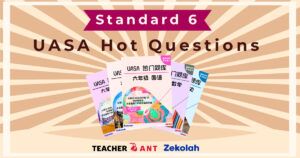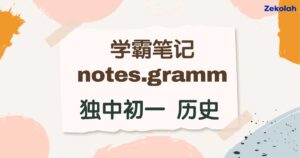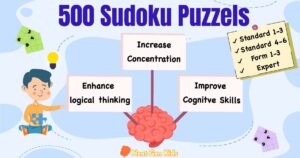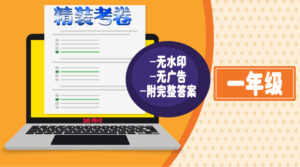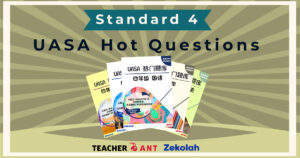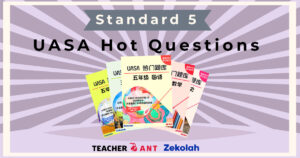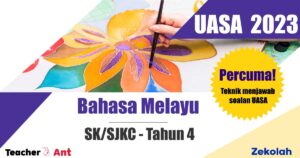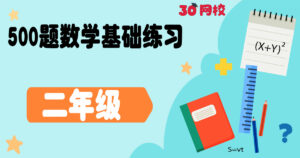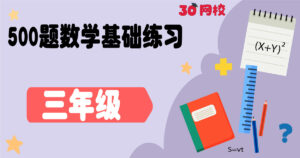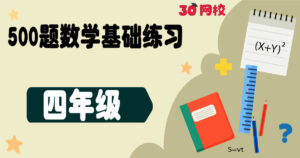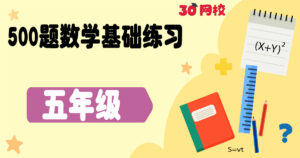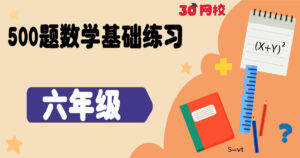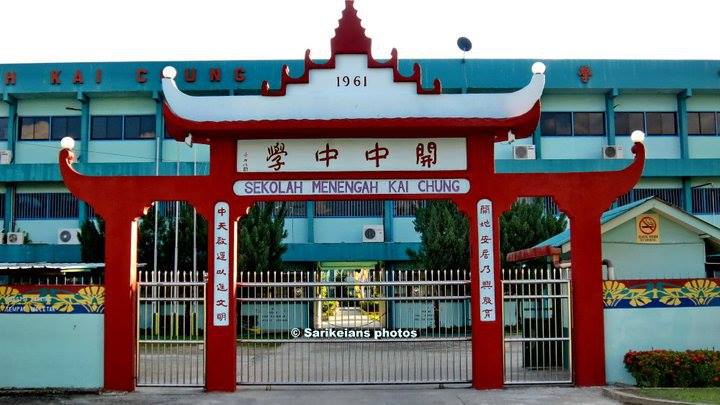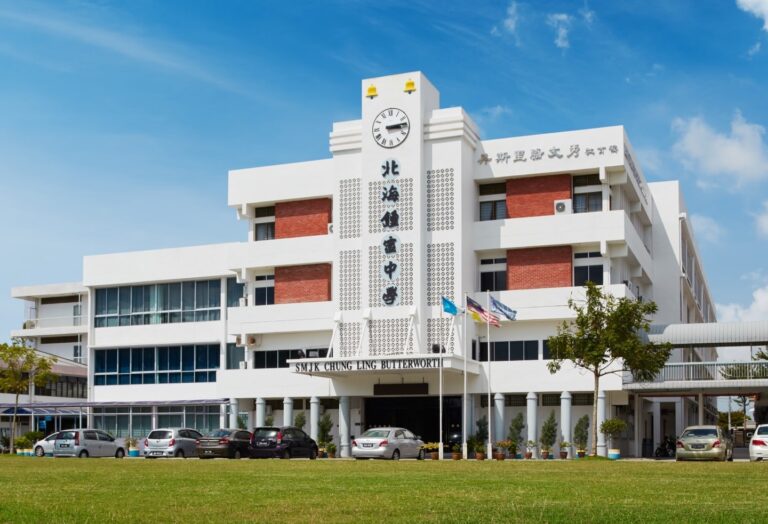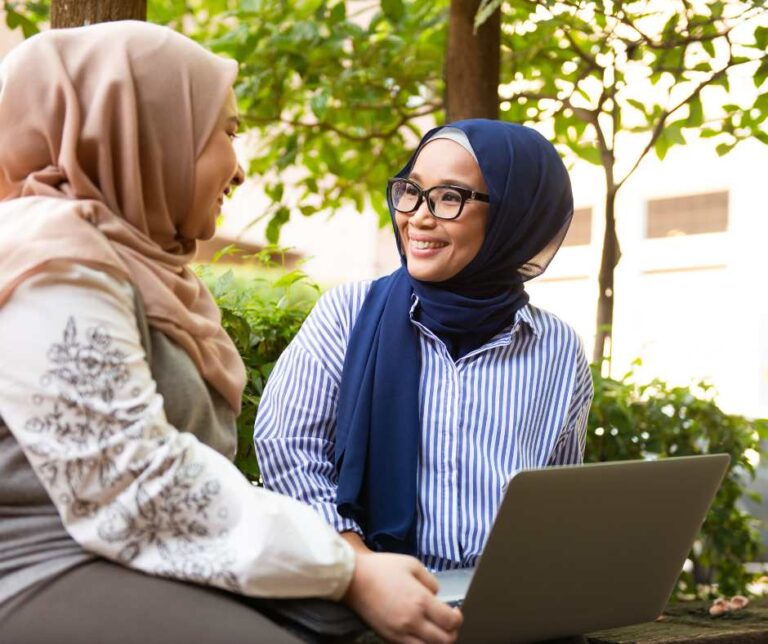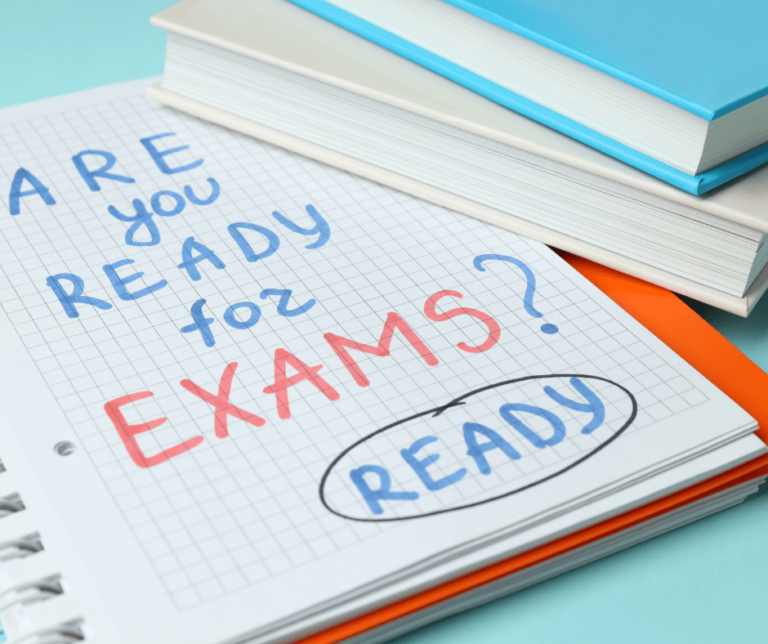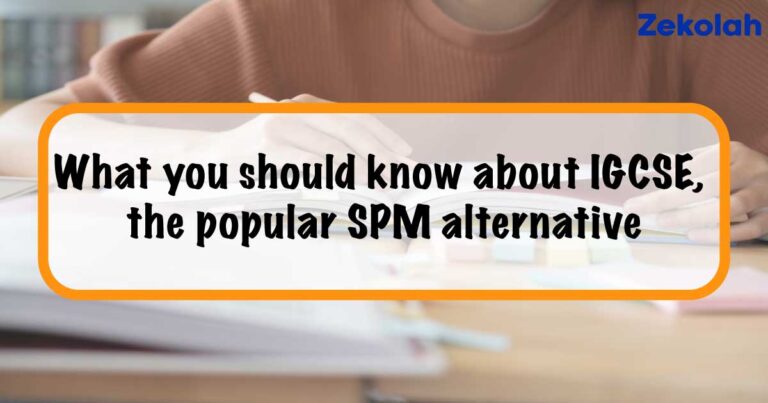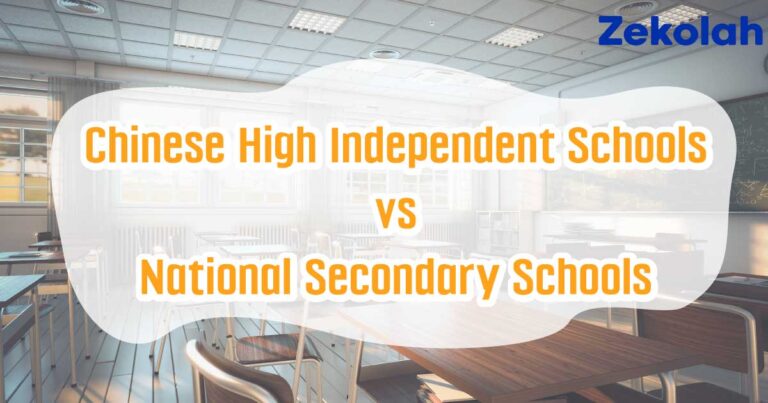New SJKC Parents: Answers to Questions That You Are Too Shy to Ask
Sending your child to a Chinese primary school can be a daunting experience, especially for parents who may not have attended one themselves or who haven’t been in the system for a while. With so many changes happening in the education system, it can be hard to keep up with what’s new and what’s not.
That’s why we’ve put together this guide to answer some of the most commonly asked questions about Chinese primary schools. Whether you’re a first-time parent or a seasoned pro, we hope this article will help you navigate the system and give your child the best possible start to their education.
Before we start, please feel free to browse through the latest products on Zekolah, ranging from exercises for SJKC, notes for Chinese Independence school, and enrichment activities such as Sudoku!
1. What is KSSR Semakan? How is it different from before?
If you are a parent now, chances are you were a product of the KBSR curriculum during your primary school years. In 2011, the government introduced the KSSR curriculum ( Kurikulum Standard Sekolah Rendah) in 2017, a revised version of KSSR known as KSSR Semakan was introduced.
The KSSR Semakan places a greater emphasis on developing critical and creative thinking skills, which is a significant difference compared to the KBSR. The KBSR approach is mainly exam-oriented and focuses on memorizing information through repetition.
During the KBSR period, students could achieve good results in exams by simply doing more writing and memorizing by rote. In contrast, KSSR Semakan is more challenging because it places greater emphasis on higher-order thinking skills (Kemahiran Berfikir Aras Tinggi, KBAT), which are also reflected in the test papers.
Many of these papers or exercises can be quite challenging, to the point that even parents with a university degree may not immediately understand them.
Reading and learning in primary school have changed a lot. The old way of memorizing information won’t help children get good grades anymore. To do well, they need to understand the information in the books and use it in different ways.
2. Will there be exams for lower primary students? Why does the ministry says no, but parents say yes?
The answer is both yes and no.
First of all, let’s clarify what the Ministry of Education means by ‘exam’. The ‘exam’ that MoE refers to here is the unified examination in the school, where pupils of the same grade take the same paper-based examination at the same time. This has been abolished and replaced with ‘assessment’, named Pentaksiran Bilik Darjah (PBD).
PBD, or classroom assessment, can be conducted throughout the year in the classroom, and can take the form of observation, assessment of students’ behavior in the classroom, and paper-based tests.
The whole assessment system has been revamped and it is correct that Ministry of Education claimed that there is no examination for lower primary school.
BUT, as parent, you will notice that your child will have paper-based ‘exam’ from time to time. We know this because parents do share the exam papers with us, from lower primary.
If you are looking for past year papers, check out our collection of SJKC Past Year Paper here.
3. What are these ‘donations’? I thought studying in government school is free?
Every year, you may receive a notice from your child’s school asking for a donation in the form of an annual fee for PIBG (Persatuan Ibu Bapa dan Guru) or a development fund for the school. While government funding is available for schools, it is often not enough to cover all their needs. Hence, schools seek support from parents through these donations.
If you have multiple children studying in the same school, usually only one donation is required. If you face financial difficulties, you can request an exemption. Note that donations are not compulsory, but they are generally put to good use for the benefit of the students.
4. What is the official school hour for SJKC? Why some schools finish at 1pm, while others continue till 3pm?
Not every SJKC follows the same school hours. The first thing you need to know is that some schools have two study sessions (morning and afternoon), while others have only one session.
For SJKC schools with two study sessions, usually school starts around 7:20am. However, some schools require students to arrive before 7:10am for activities such as morning reading and perhimpunan. Most of these schools finish classes around 12:45pm to allow the next session to start at around 1:10pm and end at around 6:30pm.
For those SJKC schools with only 1 session, some end the school day around 1pm, while others offer after-school activities that are half-compulsory. What I mean by ‘half compulsory’ is that the school assumes you will join the after-school activities, but it is still possible to opt out with some active discussion with the teachers and school administration.
So, before you decide which SJKC school to enroll your child in, first check the school hours of the respective schools. Don’t assume that every school in Malaysia follows a single schedule, because they do not.
5. is the schoolbag going to be heavy?
Many parents worry if their child’s school bag will be too heavy. The answer is yes, it will be heavy, but this is not only a problem for SJKC schools. Even Sekolah Kebangsaan faces this problem too.
In 2018, a survey showed that the weight of the school bag, stationery, and water bottle could be between 40% to 60% of the total weight. The Ministry of Education has been trying to solve this problem, but it’s still a problem.
To help with this problem, it’s a good idea to buy a good quality school bag that won’t cause strain on your child’s back.
6. The Free Textbook Scheme is now open to all students
Malaysia government provide textbook loan program under the “Skim Pinjaman Buku Teks, SPBT” program. Before 2008, only students from the low income group families were able to borrow the school textbooks.
However, government has removed the requirement of household income as a qualifier, instead, starting 1st January 2008, every students will be qualified automatically for the textbook loan program.
So, you don’t have to buy new textbook for your child anymore, but if you prefer to have a set of textbook so that you can doodle or writing notes on the textbook, you can still find textbooks available for purchase at most of the bookstores.
7. How do I get my children into the “elite classes”?
Since 2019, Ministry of Education requested schools NOT to divide students into classes by academic result. Based on the feedback we received from parents, most of the schools are adhering to this directive.
Some SJKC even cancel the entrance exam (before the students enter Standard 1), and randomly assign students into different classes.
In other words, the ‘Elite class’ no longer exist in most SJKC, and you have one less thing to worry about now 🙂
8. Why are students getting less homework?
Although the content in the KSSR Semakan syllabus appears more advanced than in the previous syllabus, you may notice that the amount of homework that students bring home seems to be less than in our time.
MoE has been receiving complaints that students overload with homework in the past, and decided to limit the number of workbook to maximum of 2 per subject.
However, you may notice that your child will have more projects that often require your involvement to complete. For many parents, this can be even more tedious and time-consuming.
Are there any questions that we have left out? Please let us know if you have any!

